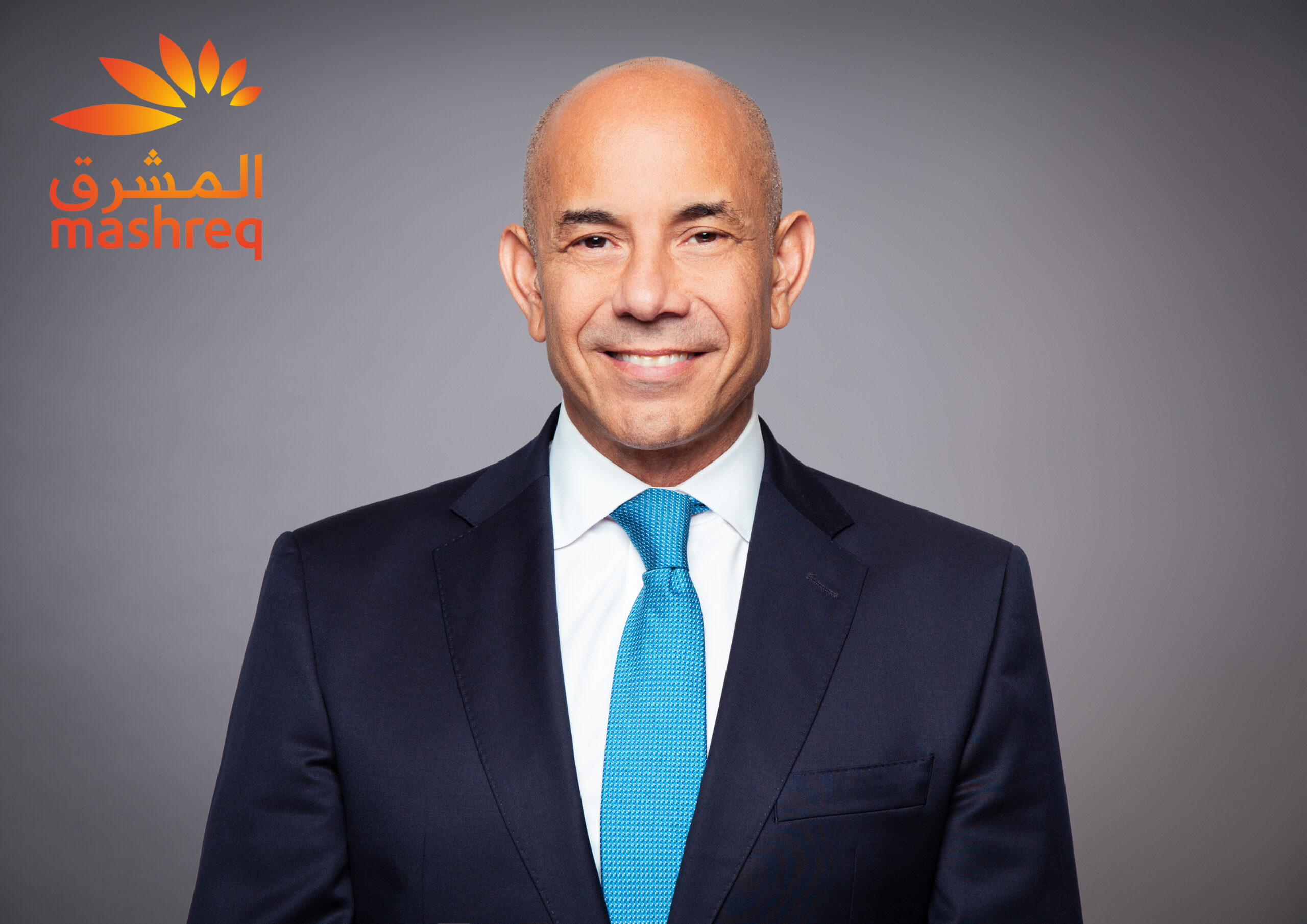A SUPPLEMENT TO EUROMONEYFixed-income instrumentsBoth rouble and dollar-denominated fixed-income instruments have been enjoying increasing attention from Russian and foreign investors. The main fixed-income instruments and markets and the practical elements are outlined below. Rouble bonds GKOs are short-term zero-coupon Russian government Treasury bills. OFZs are coupon-bearing Federal Loan Bonds. Both are issued by the Russian finance ministry and are traded on the Moscow Inter Bank Currency Exchange (MICEX) as well as on five other currency exchanges connected with the MICEX and located in large regional cities. |
Thanks for your interest in Euromoney!
To unlock this article:



